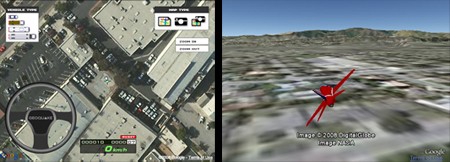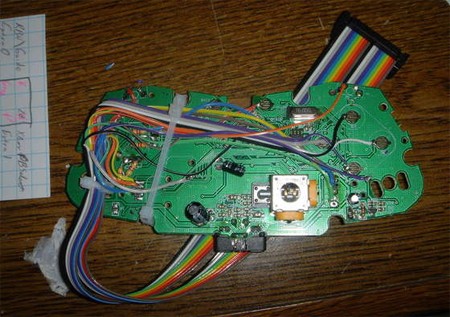This may be the deathblow that kills Nabaztag: using text-to-speech software, this animatronic bear speaks a Twitter stream aloud and in real time.
The gurus at My Home 2.0 made the bear talk by replacing its integrated circuit board with an Arduino loaded with custom software. A Bluetooth audio adapter was added as a channel for the bear’s voice, and a circuit with an H bridge chip was added to address power issues. The Arduino translates the income audio signal into movement. From there the process moved to the computer that feeds the bear audio data, they parse the Twitter stream and use OSX’s built in “say” command to generate the voice stream that’s sent to the bear via Bluetooth.
















